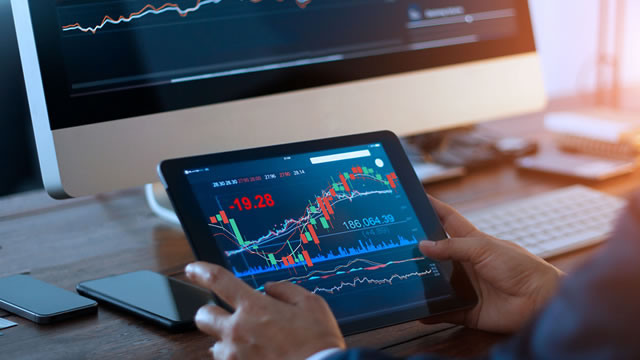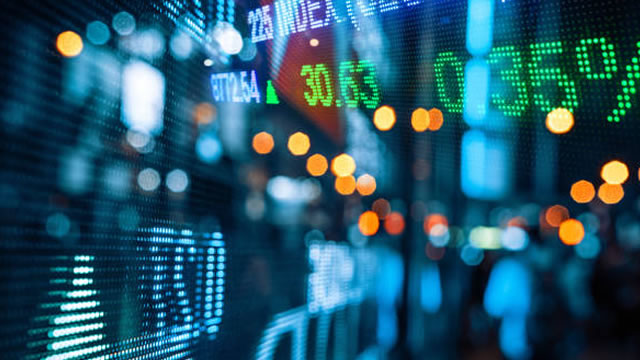The Silver Market: A Buying Frenzy Amidst Value-Driven Trades
The silver market has been a buzzing hub of activity in recent trading sessions, with Wednesday witnessing a surge in buying pressure. This trend is not an isolated incident but rather a manifestation of the “buy on the dips” mentality that has taken hold of traders in this market.
Understanding the Silver Market’s Recent Buying Trend
The silver market, like its precious metal counterpart gold, has seen a significant increase in demand due to several factors. These include geopolitical tensions, economic uncertainty, and the depreciating value of traditional currencies against safe-haven assets.
The current market scenario is a classic example of traders attempting to capitalize on value. When the price of silver dips, buyers step in to purchase the metal at a lower price, expecting the market to rebound. This strategy, known as “buying on the dips,” is a common tactic used in bull markets to accumulate assets at lower prices and secure profits during market uptrends.
Impact on Individual Investors
For individual investors, the ongoing silver market buying trend presents an opportunity to enter the market at a potentially profitable entry point. However, it is essential to remember that investing in commodities like silver involves risks, and the market can be volatile. Proper research, risk management, and a well-diversified investment portfolio are crucial for mitigating these risks.
Global Implications
The silver market’s buying frenzy is not an isolated event and has wider implications for the global economy. A sustained increase in silver prices can lead to higher production costs for industries that rely on the metal, such as electronics, solar energy, and jewelry manufacturing. Consequently, these industries may experience increased prices for their products, potentially affecting consumer spending and economic growth.
The Role of Central Banks
Central banks, particularly those with significant foreign exchange reserves, may also influence the silver market by buying or selling large quantities of the metal. For instance, central banks can sell their silver reserves to stabilize their currencies or to reduce their holdings of the metal. Alternatively, they can buy silver to diversify their reserves and hedge against inflation.
Looking Ahead
As the silver market continues to see buying pressure, it remains to be seen how long this trend will last. Factors such as geopolitical tensions, economic indicators, and supply-demand dynamics will play a crucial role in determining the market’s future direction. Staying informed about these factors and remaining flexible in investment strategies will be essential for investors looking to capitalize on the silver market’s opportunities.
- The silver market has experienced significant buying pressure, with traders taking advantage of value-driven opportunities.
- Individual investors may see potential profits by entering the market at lower prices.
- Higher silver prices can lead to increased costs for industries that rely on the metal.
- Central banks’ actions can influence the silver market through buying or selling large quantities of the metal.
- Staying informed about market factors and remaining flexible in investment strategies are crucial for success in the silver market.
In conclusion, the silver market’s buying trend is a reflection of traders’ pursuit of value and the metal’s appeal as a safe-haven asset. This trend has implications for individual investors and the global economy, making it essential to stay informed and adaptable in the ever-changing investment landscape.





